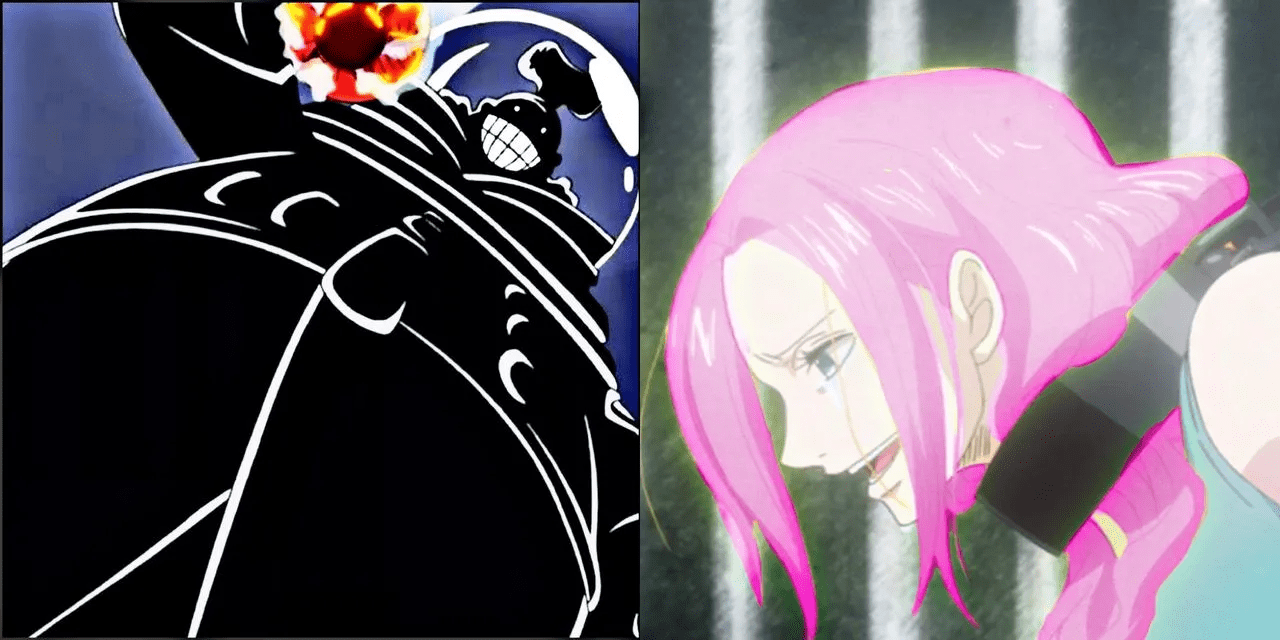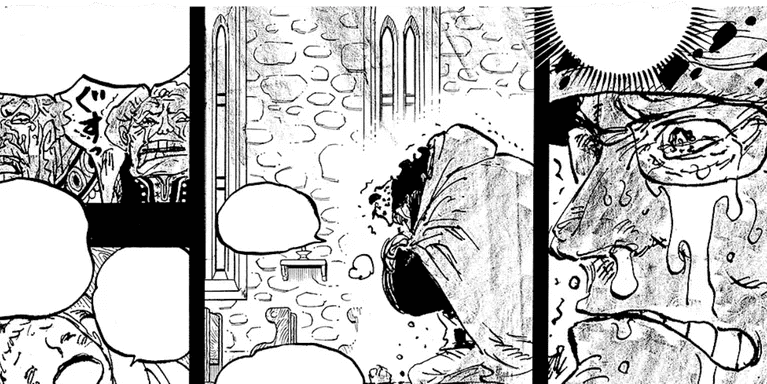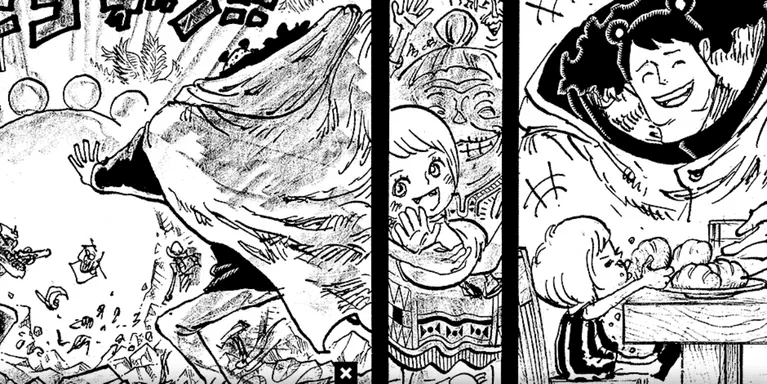The Journey of Ginny and Kuma: A New Chapter in One Piece

In recent events, we witnessed the significant journey of Ginny and Kuma, transitioning from being mere victims to taking on responsibilities, ultimately becoming leaders in the Revolutionary Army. The presence of the Dragon in their journey signifies hope, like a lighthouse guiding lost ships.
The story now pivots to Ginny’s abduction. The shock of her kidnapping intertwines with her profound grief, leading the protagonist to a state of unrest, fearing the worst for her situation.
The Irrevocable Abduction

Chapter 1098 of One Piece narrates Ginny’s harrowing experience of being kidnapped, evoking deep sorrow among fans. After gaining her freedom, Ginny faces the haunting memories of her time under captivity, symbolizing a “scar” in the storyline. This serves as a poignant reminder of the burdens characters must bear in their lives.
Oda’s choice to portray the chilling horror of this captivity, especially as it relates to her loved ones, is a powerful narrative choice that elicits profound emotional reactions. This moment marks a significant turning point in One Piece, highlighting the depth of character struggles and the profound impact of past traumas on their lives.
Ginny’s story does not conclude with her liberation; it culminates in a confrontation with the realities of survival, stemming from the dangers she faced as a Celestial Dragon. Over the past two years, as Ginny grappled with a severe mental strain, she found herself teetering on the brink of despair.
The emotional weight of her final encounters with Kuma provides a moment that will resonate deeply, prompting reflections on the meaning of struggle and the feeling of defeat.
Ginny’s Tragic Legacy in One Piece History

In the latest chapter, Eiichiro Oda has allowed Ginny to escape from her harrowing experiences, exploring deeper layers of the narrative. Ginny is revealed to be a victim of the “Violet Sapphire” syndrome. In the final days before her illness took over, Ginny returned to the region of Sorbet, where Kuma had long lost hope. As she departs, she cradles Bonney, a young girl who has also suffered from a similar illness.
Bonney’s condition signifies the tragic reality of Ginny’s life as she is identified as the daughter of Ginny and a Celestial Dragon, but not Kuma, a revelation that adds layers of complexity to the narrative. Oda cleverly illustrates Ginny’s existence as a haunting shadow behind the glory of the Celestial Dragons.
Ginny’s tale is not merely one of sorrow but also encapsulates the resilience needed to survive in a world fraught with dangers. Kuma’s transformation into a protective figure for Bonney serves as a poignant reminder of hope even in the darkest times, suggesting that even amidst despair, nurturing bonds can emerge.
Oda’s Subtle Commentary on the Audience
Oda has consistently been careful not to exploit the emotional weight of his characters, recognizing that the audience’s engagement with his work is a delicate balance. He tends to employ metaphors rather than overtly stating the harsh realities faced by his characters. This deliberate choice not only carries a moral responsibility but also respects the younger audience who may be navigating similar themes in their lives.
However, with Ginny’s storyline, Oda seems to have made a decisive move towards addressing the challenging aspects of her narrative more openly, transforming it into a poignant call to recognize the silent struggles that many endure. Oda’s decision to allow Ginny to depart marks the beginning of a new era. Typically, creators have a tendency to keep their characters alive, but Ginny’s tale serves as a stark reminder that sometimes, life does not offer resolutions, and hope can be found in the bonds we create.
Ultimately, we can only hope that Bonney and Kuma find a way to rectify past mistakes and hold the Celestial Dragons accountable for their atrocities.





















